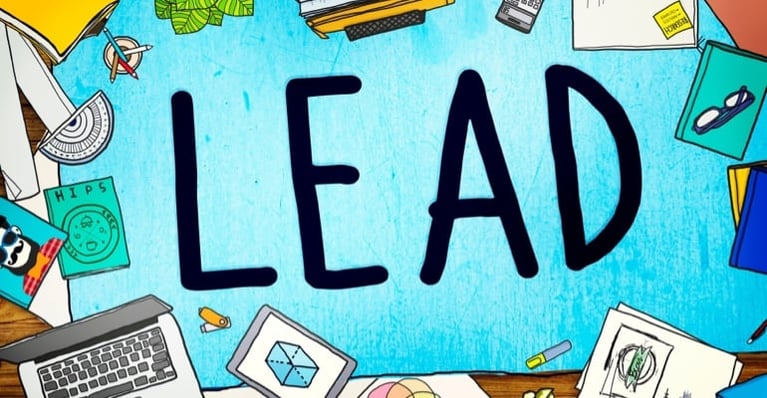
LinkedIn is easily one of the most popular social media networks available for professional networking that you can find globally. Unfortunately, a lot of people make mistakes while using LinkedIn due to lack of awareness. Here is a list of the 5 worst things that you should never do on LinkedIn as a professional and a decision maker to minimize your LinkedIn Marketing efforts result.
1. Controversial posts
LinkedIn is not Facebook or Twitter. Refrain from just ‘stirring the pot’ with unqualified content that’s solely intended to get others engaged in emotional responses. Stay professional. Stay classy and consider that you’re speaking to other professionals. But does that really mean you should be middle of the road and repeat mainstream opinions? Absolutely not! But what you can just brush off with a flippant comment on Facebook will hurt you on LinkedIn. Folks here expect you to be able to have qualified arguments for controversial opinions and you better be able to rationally defend your point of view. But that doesn’t mean you have to hold back just because your opinion differs – just be smart about how you make your case and think before you polarize people.
2. Religious or political posts
People feel not only passionate about their business, but also about sharing religious posts and political posts. But LinkedIn is probably not the right platform for this kind of content. Content that essentially forces you to take a for or against position polarizes and is not conducive to the discussions taking place on LinkedIn. Content like this can also be considered offensive or ignorant by your client, coworkers or employer. Better to stick to topics where you comment on or actively share content and insights rather than just dogmatic statements that force your audience to choose a pro or contra position.
3. Uploading sales pitch posts
It is true that LinkedIn is one of the best platforms available for B2B professionals. In other words, you will be able to create professional relationships with other businesses through LinkedIn. However, steer clear of simply broadcasting your sales material via LinkedIn. Some businesses may be able to create direct sales through LinkedIn. But most businesses will still need to establish more in-depth relationships with their desired perfect clients before engaging in sales conversations. These sales conversations usually take place offline and you are just using LinkedIn to open the door and establish the connection that allows you to have this conversation. Also, it’s common sense and a good practice to first get to know your LinkedIn connection before blasting them with sales messages. Otherwise, you’re really just using social media as an extension of sales 1.0 and LinkedIn just turned into a cold call…and we all know how these work…
4. Sharing too much of personal information
While LinkedIn is said to increasingly become the Facebook of people who have a job, you probably still shouldn’t share too much of your personal information on LinkedIn. There are social media networks such as Twitter, Facebook, Pinterest, Instagram and Snapchat available for you to share personal information. But LinkedIn is probably not the best place to do that. All the information that you share on LinkedIn should be predominantly professional and relevant. In other words, you shouldn’t share what you had for dinner, cat memes or pics of your kids or your last party-outing – even if it was with colleagues. That said, you don’t have to ‘sanitize’ and ‘depersonalize’ the content you share on LinkedIn. After all, it’s your human perspective that makes something interesting. With that, in the end, it’s all about finding the right way to share something that matters to you personally. For example, if you or someone you love have been impacted by a disease, you could think about how this experience has shaped that person’s work experience or you could share how their colleagues have come together to help out and you could make it a post about the power of support and where people can find resources for support. Or if you want to share something about someone losing their job, make it about the bigger topic of how certain industries or regions struggle to stay competitive and then bring it back to how these challenges impact the individual worker. Show the big picture, but tie your opinion back to the individual experience and make it relatable.
5. Stalking other people
This one is tricky because it seems contradictory. When you’re on LinkedIn, you should always make your profile visible, unless you have a good professional reason to not do it. But otherwise, transparency matters and it’s what brings you the biggest benefit on this platform. Having your profile set to ‘visible’ and visiting profiles of other LinkedIn members that you find interesting or that you want to reach out to is generally a great way to create interest. After all, they are likely to see your profile under their ‘who visited my profile’ section and if they’re intrigued, they may then visit your profile in return. Now, when they do that, you will see them as a 2nd degree connection visiting your profile in YOUR ‘who visited my profile’ section. At that point, since they have clearly taken interest in your profile (or your well-tailored profile headline!), you could now reach out to them, and strike up a conversation, invite them to connect – and maybe even find that they’re good prospects for your business.
While this process admittedly sounds a bit twisted at first, it actually makes sense: you create interest, let the other person decide and then you follow-up with an action, if there’s mutual interest. A bit like dating in middle-school.
So, now why did I say this topic is contradictory? Because it comes back to the intent of your interaction. If you want to create interest and then you engage with the purpose of a productive conversation, that’s exactly what LinkedIn encourages. However, it can quickly turn into something a bit creepy if you cloak your profile or if you make yourself invisible, especially when you peek at one particular person’s profile. Or maybe you don’t cloak your profile, but you didn’t get along with a particular coworker. You never resolved the conflict and you’re definitely not on friendly terms with that person. And now you still go and visit that person’s profile once a week or every other week. Sounds pretty creepy to me – wouldn’t you agree? So, don’t stalk and instead visit profiles of others with the purpose to make productive connections, drop them a message and help others out. Or don’t visit their profiles at all.








